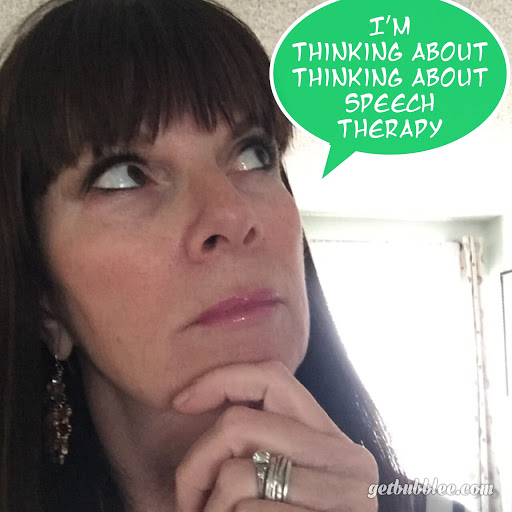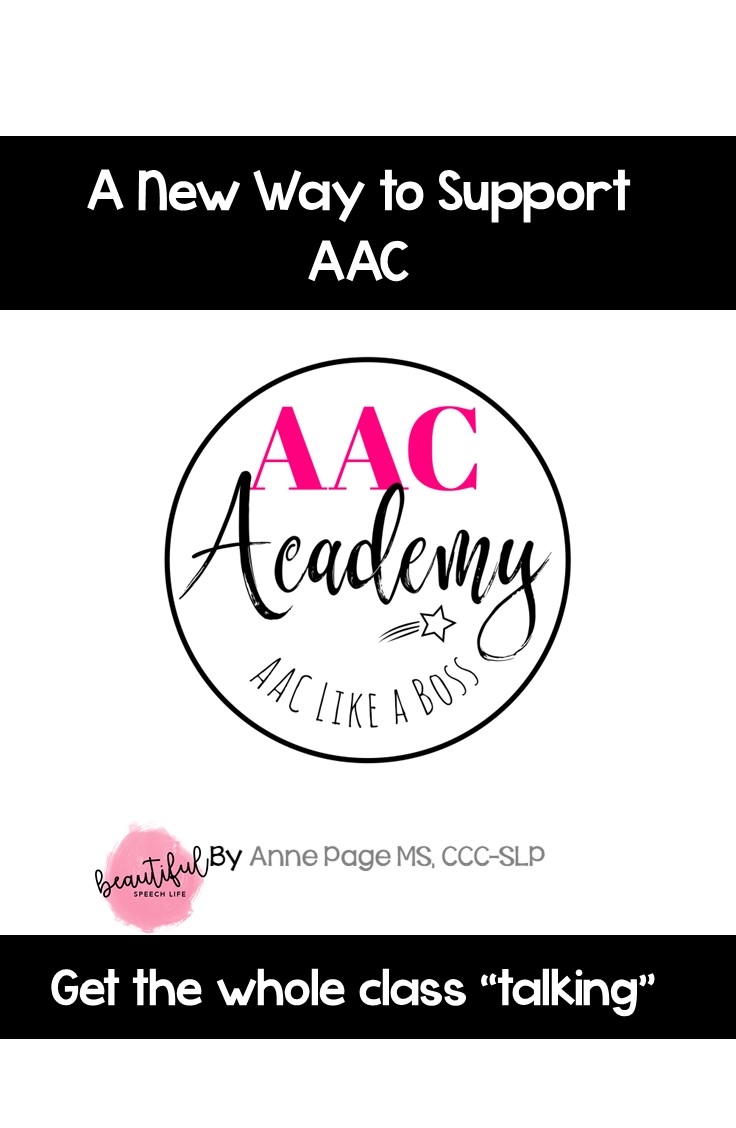
(This photo is very tongue in cheek btw, just in case you don’t know me very well yet) [spacer height=”20px” id=”2″]I learn new skills in layers. I bet you do too.[spacer height=”20px” id=”2″]
First, I figure out the new vocabulary and jargon. Next, I figure out the general structure and maybe how other people have done it. Then I look at what the basic expectations are.[spacer height=”20px” id=”2″]
I spend some time practicing and with time build the skill. This applies to how I practice speech therapy, too.[spacer height=”20px” id=”2″]
My SLP journey was first get a bachelor’s degree, then work as an SLPA and SLT to get hands-on experience. I really thought I knew a lot (I did but not as much as I thought I did).[spacer height=”20px” id=”2″]
Then many years later I got my master’s degree. That was the layer of theory, clinical practicums, and clinical fellowship. This came with a whole lot of stress and a really HUMONGOUS learning curve. That was just three years ago.[spacer height=”20px” id=”2″]
Now I find myself moving to another deeper layer.[spacer height=”20px” id=”2″]
I’m calling it metatherapy. Thinking about thinking about therapy.[spacer height=”20px” id=”2″]
Instead of doing therapy and evaluations just to get them done, I’m asking myself a lot of big picture questions. [spacer height=”20px” id=”2″]
Questions like: I know my students need to build their vocabulary but what is the one skill that is going to help them the most? Yes, they need to know synonyms, antonyms, and categorization. But they also need to be able to transfer these skills to all the new vocabulary they will be exposed to throughout their school years. Of course, I look at best practices. And I’m thinking beyond that too.[spacer height=”20px” id=”2″]
How can I make them fall in love with words?[spacer height=”20px” id=”2″]
How can I make them love descriptive terms and all the beautiful nuances?[spacer height=”20px” id=”2″]
How can I make them excited that there are 16,000 different species of trees?[spacer height=”20px” id=”2″]
How can I make sure that when I ask them to tell me about a tree, they won’t just say it’s green and it grows.[spacer height=”20px” id=”2″]
I want them to be able to tell me a tree gives us shade in the summer, that we can climb it, that it can be a home for squirrels. It can have pecans or peaches or pine cones. It can be covered in pink blossoms in the springtime or flaming red leaves in the fall. That the leaves make music when they rustle in the wind. That trees shelter us and give us wood for fires. That some trees can tower to over 360 feet. That trees can have a multitude of different leaf shapes and shades of delicious green. That their bark can be smooth and cool or rough and scratchy. That trees can gather together to create a sacred space.[spacer height=”20px” id=”2″]
I want to open that world for them, to help them see and form beautiful word pools in their little brains. Such a beautiful, sparkling goal.[spacer height=”20px” id=”2″]
But of course, reality dictates that we have to write measurable, curriculum based goals. (And I do).[spacer height=”20px” id=”2″]
But is that our ultimate therapy goal? [spacer height=”20px” id=”2″]
Is it to have a student learn “x” number of new vocabulary words or is it to help him build a rich lexicon by inspiring him to read, ask questions and get excited about learning?[spacer height=”20px” id=”2″]
When I read Donalyn Miller’s book “The Book Whisperer” and understood how she thought outside the box with her approach to reading, I wanted to take that approach to language and language therapy. (I’ll put a link at the end of this post if you want to know more about this book).[spacer height=”20px” id=”2″]
I will keep digging, experimenting and exploring this juicy approach to therapy because it feels so right.[spacer height=”20px” id=”2″]
And of course I will share everything with you.[spacer height=”20px” id=”2″]
I do know that a good start is to share our love of words and language with our students.[spacer height=”20px” id=”2″]
We can find what really fascinates them and help them expand the subject and learn more. We can do that by walking them through our thought process, so they can start building those neuronal pathways for themselves.[spacer height=”20px” id=”2″]
This just makes me fall in love with speech language therapy all over again. I’m so meta (meta’s in the Urban Dictionary, check it out).[spacer height=”20px” id=”2″]
Meta Speech Language Therapy: it’s mindful, it’s looking at each child as an individual. It’s giving students a valuable gift not just applying a “speech band-aid”.[spacer height=”20px” id=”2″]
So what do you think? Are you with me?[spacer height=”20px” id=”2″]
Leave a comment below.[spacer height=”20px” id=”2″]
Go think deep thoughts and SLP like a boss,[spacer height=”20px” id=”2″]

Here’s the link to more about reading and The Book Whisperer

 Hey there I’m Anne Page. I help heart centered SLPs and educators put the fun in functional communication.
Hey there I’m Anne Page. I help heart centered SLPs and educators put the fun in functional communication. 
Hey Anne! I love your deep thoughts in this post! 🙂 I think you are absolutely right. It is extremely important for children with communication disorders and learning challenges to understand why they are practicing a new skill. They may not really grasp the reason initially, but many CAN learn to think about their learning over time.
Exactly Tamara! I think it’s so important for them to form those new patterns. And I agree with you that they won’t get it right away but with continued exposure and a little creativity and enthusiasm, big changes can be made. Thanks for your thoughts 🙂
I love the idea of metatherapy! We must always remind ourselves to see the big picture. You’re students are very lucky!
Thanks Kelly, you’re the one that got me started on this line of thinking. I learn from the best!